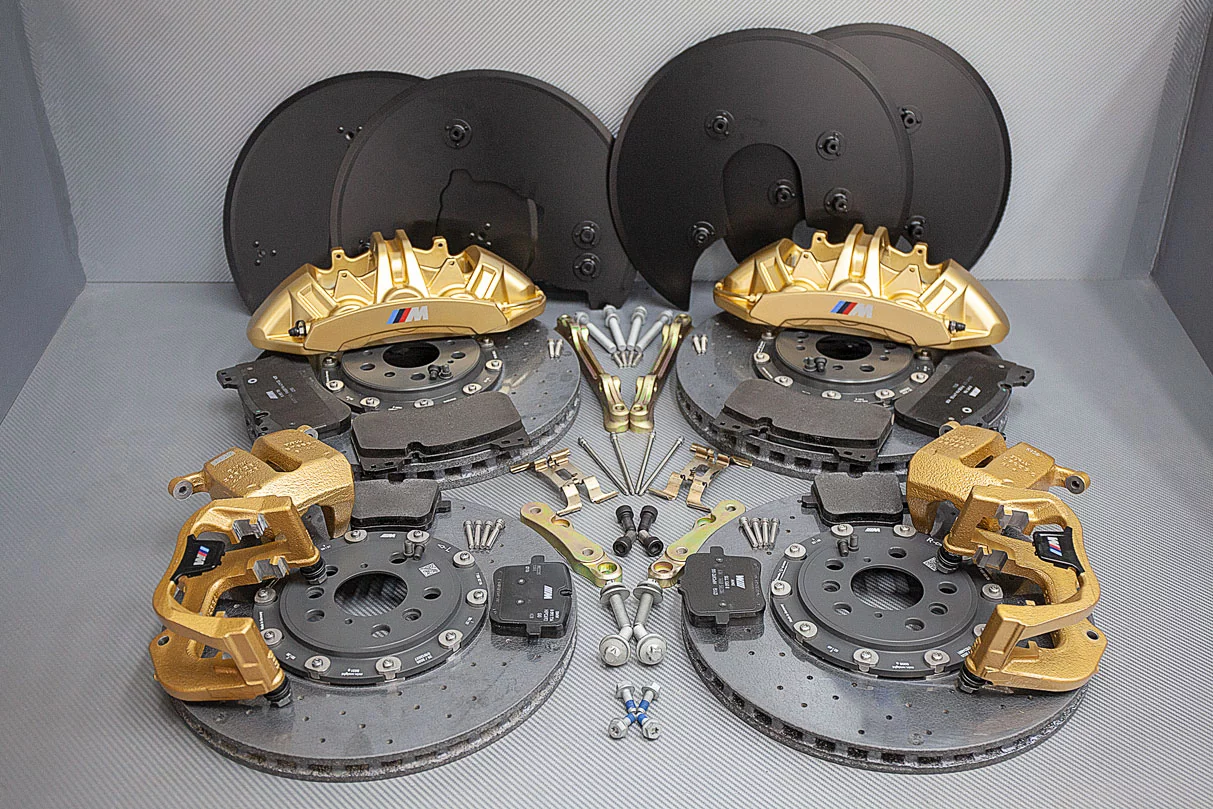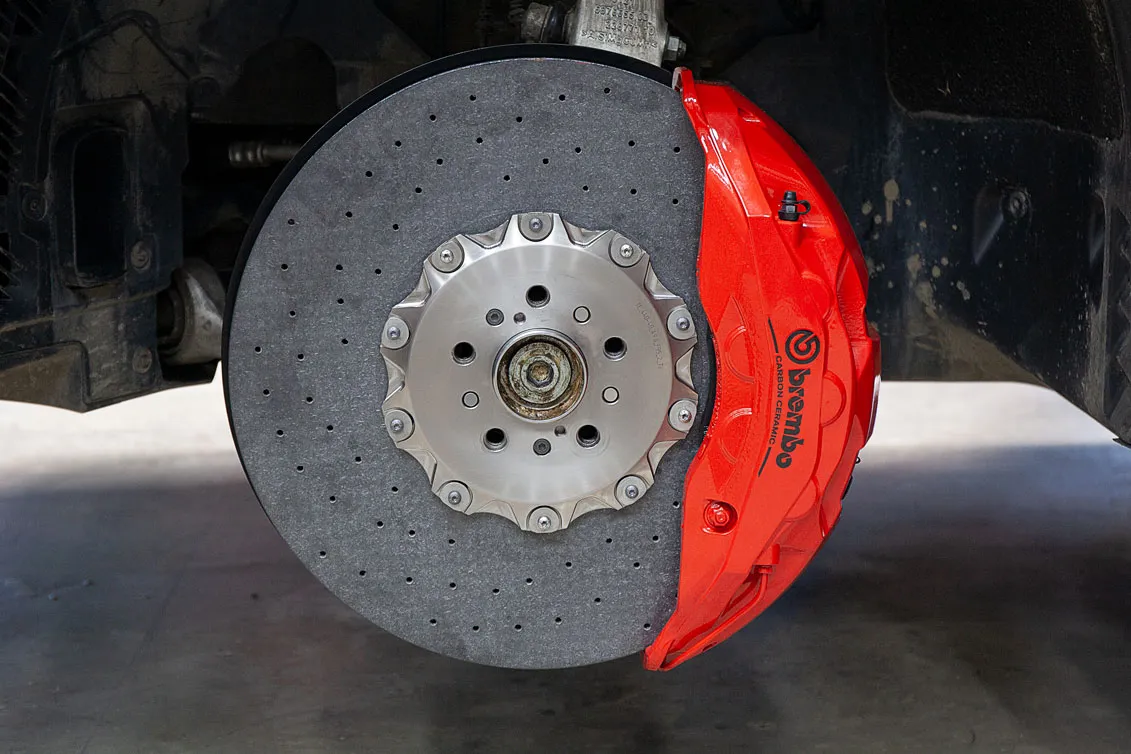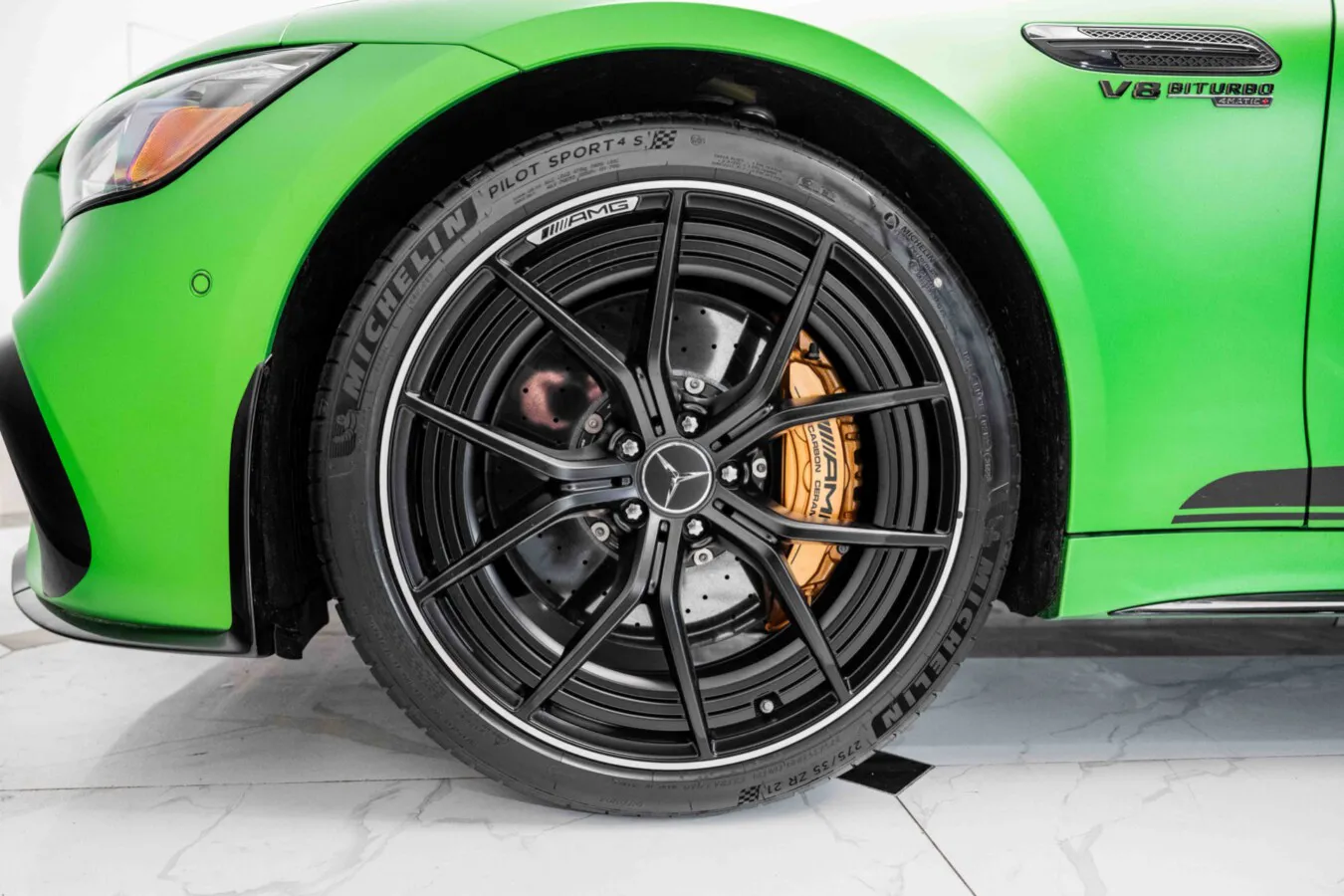In the realm of automotive performance, carbon ceramic brakes (CCBs) have emerged as a revolutionary technology, promising enhancements that traditional braking systems simply cannot match. As automobile enthusiasts and luxury vehicle owners increasingly seek methods to optimize their driving experiences, the pivotal question arises: Are carbon ceramic brakes worth the investment? This comprehensive guide will delve into the intricacies of carbon ceramic brakes, exploring their composition, benefits, drawbacks, and implications for different types of drivers. By the end, you will be equipped with the knowledge to make an informed decision about whether CCBs suit your driving needs and lifestyle.

Understanding Carbon Ceramic Brakes
What Are Carbon Ceramic Brakes?
Carbon ceramic brakes represent a blend of advanced materials, primarily consisting of carbon fibers and silicon carbide. This unique composition allows them to withstand high temperatures and provide exceptional performance compared to traditional iron disc brakes found in many vehicles. Initially developed for high-performance racing applications, CCBs have been gradually adopted in luxury and performance cars, becoming a sought-after feature for serious automotive enthusiasts.
Key Features of Carbon Ceramic Brakes
- Material Composition: The carbon fibers embedded in silicon carbide create a lightweight yet sturdy braking system.
- High Heat Resistance: CCBs can handle temperatures exceeding 1,000 degrees Celsius, making them less susceptible to brake fade during intense driving scenarios.
- Longevity: These brakes tend to last much longer than conventional steel counterparts, often exceeding 100,000 miles in usage.
- Aesthetic Benefits: CCBs offer an enhanced aesthetic appeal, characterized by distinctive caliper colors that elevate the look of luxury vehicles.
Evolution of Braking Technology
The journey of braking systems has undergone significant transformation:
- Traditionally Steel Brakes: Long the standard in the automotive industry, steel brakes are relatively effective but suffer from wear, weight, and brake fade under extreme conditions, forcing manufacturers to seek alternatives.
- Introduction of CCBs: Initially reserved for supercars such as the Ferrari Enzo and Lamborghini Gallardo, carbon ceramic brakes have trickled down into more accessible high-performance vehicles, gaining popularity for their superior capabilities.

Benefits of Carbon Ceramic Brakes
1. Superior Heat Dissipation
One of the hallmark features of carbon ceramic brakes is their remarkable ability to dissipate heat efficiently. This ensures consistent braking performance even in aggressive driving conditions, such as track days or spirited drives through mountainous terrains. The inherent properties of CCBs prevent brake fade, a common issue in traditional systems, where brakes lose stopping power due to overheating.
2. Increased Durability
When it comes to lifespan, carbon ceramic brakes excel, boasting the potential to outperform traditional steel brakes by more than double. Users often report CCBs lasting over 100,000 miles, a value that can lead to fewer replacements and lower maintenance costs over time.
3. Weight Reduction and Performance Enhancement
CCBs are significantly lighter than their steel counterparts, which reduces the unsprung weight of the vehicle. This reduction enhances handling dynamics, improving acceleration and responsiveness—a crucial advantage for performance enthusiasts. The lower weight can also lead to increased fuel efficiency, making CCBs as much about improved driving experience as about performance.
4. Aesthetic Appeal
Beyond their performance metrics, carbon ceramic brakes contribute to the luxurious aesthetic of modern vehicles. With their unique appearance and bright calipers often available in striking colors, they add a visual element that many luxury car enthusiasts appreciate, reinforcing the car’s premium status.
Challenges of Carbon Ceramic Brakes
While carbon ceramic brakes offer notable advantages, potential buyers must also consider challenges associated with their implementation.
1. High Initial Costs
The most significant barrier to entry for many car owners is the cost. Upgrading to carbon ceramic brakes can range from $5,000 to $7,000, not including replacement costs, which can be substantially more than traditional brake replacement fees. This price tag makes CCBs an investment primarily targeted toward enthusiasts and performance-focused drivers.
2. Temperature Sensitivity
Though carbon ceramic brakes thrive in high temperatures, their performance can suffer in colder conditions. The brakes often need time to reach optimal operating temperatures, potentially resulting in reduced initial braking effectiveness in everyday driving situations.
3. Warranty Concerns
When choosing aftermarket CCB systems, vehicle owners must navigate manufacturer warranty agreements. Many manufacturers may void warranties for modifications involving brake systems, leading to uncertainty and additional risk.
The Economic Equation: Cost-Benefit Analysis
Evaluating whether carbon ceramic brakes are worth the investment requires a detailed examination of their costs relative to traditional braking systems.
Initial Investment
- Carbon Ceramic Brakes: Typically priced between $5,000 and $7,000 for upgraded installations.
- Traditional Steel Brake Systems: These typically range from $1,500 to $3,000 for comparable upgrades.
Total Cost of Ownership (TCO)
When considering TCO, it is critical to factor in the longevity and maintenance requirements of each system:
- Carbon Ceramic Brakes:
- Longevity of roughly 100,000 miles.
- Reduced brake dust, leading to cleaner wheels.
- Decreased frequency of required servicing.
- Steel Brakes:
- Replacement intervals generally between 30,000 and 50,000 miles.
- Greater brake dust production, necessitating frequent cleaning.
- Possible increased overall expenses due to more regular replacements.

Evaluating Driving Habits
Understanding one’s typical driving style is paramount:
Performance Enthusiasts
For those who partake in regular track days, spirited driving sessions, or simply desire the utmost in braking performance, the features of CCBs significantly outweigh their costs. Their ability to maintain stopping power without fading provides a layer of confidence during aggressive driving, enhancing the overall experience.
Everyday Commuters
For drivers primarily focused on urban commuting or typical suburban driving, traditional steel brakes often suffice. The investment in carbon ceramic brakes may not yield a proportional return for daily use, suggesting that a more prudent financial choice would be to opt for proven steel systems.
Real-World Considerations: Driving Conditions
Understanding regional driving contexts is essential, especially in countries like India, where diverse driving conditions impact brake performance.
Driving Context in India
As a seasoned automotive enthusiast in India, I’ve had firsthand experience with our unique driving landscape, which necessitates thoughtful brake selection based on various factors, such as:
Climate Implications
With extreme temperatures and high humidity levels in many areas, CCBs shine in hot climates. Their heat resistance helps them maintain performance where traditional brakes may struggle.
Road Quality Concerns
In regions with inconsistent road conditions, carbon ceramic brakes offer significant durability advantages. Their strength and longevity perform well amidst the challenges posed by rough surfaces commonly found in urban India.
Case Studies: Insights from Luxury Car Owners
- Anecdote from an Audi Owner: One individual shared that upgrading to carbon ceramic brakes transformed their driving experience. The increased stopping power during high-speed maneuvers provided greater confidence and enjoyment behind the wheel.
- Snapshot from a Mumbai Commuter: Conversely, a daily commuter reflected on their decision to invest in CCBs, only to find daily driving conditions did not justify the high costs. While the reduced brake dust was appreciated, traditional brakes would have sufficed for their needs.
Insights from the Luxury Automotive Community
Engagement within luxury vehicle communities provides valuable perspectives regarding carbon ceramic brakes.
Enthusiast Forums and Discussions
Various car forums showcase a wealth of information, where owners share installation experiences, performance insights, and the practicalities of daily driving using CCBs. Here are common themes observed:
Positive Reception Among Performance Enthusiasts
Those participating in motorsports or frequent spirited drives often laud the performance benefits of carbon ceramic brakes, highlighting superior handling and stopping power.
Skepticism Among Casual Owners
Conversely, many casual car owners question the necessity of such a high-end braking system given their normal driving habits. The financial commitment often leads them to recommend traditional options for average consumers.
Carbon Ceramic Brakes: A Synthesis of Performance and Longevity
Driving Style Analysis
When weighing the decision to invest in carbon ceramic brakes, consider your driving style:
- Track and Performance Driving: For those regularly engaging in performance activities, the clear case for investing in CCBs remains evident—the benefits significantly eclipse the costs.
- Leisure and Commuting: Conversely, typical drivers might find that traditional braking systems are a more sensible option considering the less demanding driving conditions.
Advancing Technology and Future Considerations
The automotive industry constantly evolves, indicating potential changes in the future landscape regarding carbon ceramic brakes.
Evolving Production Processes
As technology advances, the refinement in CCB production could reduce costs, potentially making these systems more accessible to a broader audience. Enviable developments in green technologies and sustainable materials may also help appeal to eco-conscious consumers looking for an environmentally friendly option.
The Philosophical Takeaway
From observations within the automotive community, the worth of carbon ceramic brakes transcends material composition and performance metrics. Instead, they embody a philosophy of driving that values precision, control, and confidence.
Personal Reflections
Throughout myriad driving experiences, moments arise where the effectiveness of a premium braking system becomes crucial. Whether descending mountain passes or cruising along highways, CCBs instill a profound sense of assurance—one not often echoed in subpar components. Witnessing the repercussions of overlooking quality in favor of lower costs serves as an essential reminder of the value intrinsic to reliability.
Conclusion
Ultimately, whether carbon ceramic brakes are worth the investment rests upon individual driving styles, vehicle usage, and personal contexts. For the fervent performance driver, carbon ceramic brakes stand as an investment worth making, while everyday commuters may find their needs sufficiently met by traditional steel brakes.
As the dialogue surrounding carbon ceramic brake technology continues to evolve, it intertwines with broader trends in automotive engineering and consumer behaviors. Your unique driving experience, blended with the insights gained from real-world scenarios and community commentary, will guide your decision in navigating this advanced technology’s intricate landscape.
Contact Information for Further Learning
For additional insights or personal experiences regarding luxury automotive maintenance and enhancements, you may contact Drive In Motor Sports, a premium automotive service destination in Gurugram.
- Mobile: +91-93195-31279
- Email: [email protected]
- Location: Golf Course Rd, DLF Phase 5, Gurugram
By synthesizing the complexity surrounding this breakthrough technology and weaving it into the fabric of local automotive culture, this guide aims to elucidate the relevant merits and potential pitfalls of investing in carbon ceramic brakes. Such an understanding remains a critical consideration for any discerning driver seeking both excellence and safety on the road.

